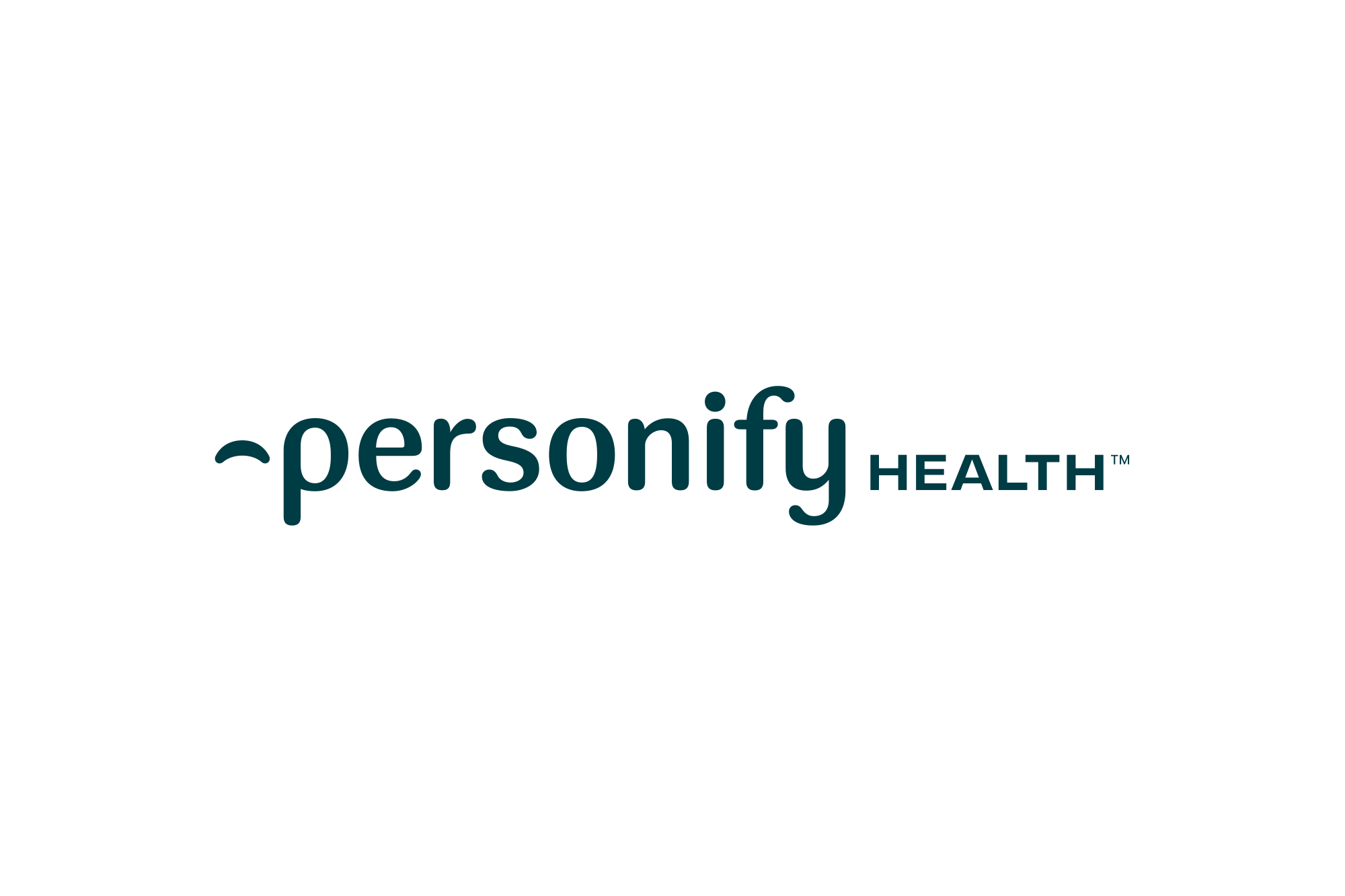6 Tips to Drive Consumer Health Engagement with Predictive Analytics
Do you feel like you are spending endless amounts of money trying to keep your consumers engaged in their health but generating lackluster results? This disconnect is most likely due to a lack of understanding consumers’ distinct needs, knowing if you are even offering them the right programs, and creating awareness of what’s available to them.
Unless you know who to target with which programs, and how to best communicate with them, you will not get the value you want or need. Check out our top tips for driving engagement with predictive analytics:
1. Personalization is key
You cannot take a one-size-fits-all approach to how you target consumers and what you offer them. Instead, use predictive analytics to personalize the experience to their preferences and motivate behavior change.
2. Put data to work for you
Find a partner that can breathe new life into the data you already have by supplementing it with additional claims, clinical and consumer data. Then, use healthcare predictive analytics technologies, such as machine learning, to turn it into valuable insights, like a target list of individuals who are at current or future risk for a certain condition and likely to be receptive to intervention.
3. Apply real-time analytics
People are complicated, and their needs or situations are consistently changing. Using real-time analytics helps you account for real-life change, allowing you to automatically adapt and respond to consumer needs in a more informed way.
4. Use clear, actionable messages
Predictive analytics can help identify who to target with a specific message and what message will resonate the most. Make sure your messages are clear, actionable, use appropriate language, and are relevant to each target population.
5. Pay attention to the delivery method
Predictive analytics can also provide actionable insights about how consumers prefer to be contacted. Some might be most responsive to text or email, while others may take action after receiving an automated call.
6. Invest in the right programs
Ever get frustrated because you aren’t seeing people use the programs you’re offering? Predictive analytics in healthcare can help by identifying which programs you should be offering, who you should be targeting, and what ROI you should be expecting. For example, predictive models can identify what percentage of your population is at risk for back pain, as well as individuals you can target with personalized outreach to drive higher engagement.
Leveraging healthcare predictive analytics offers tremendous opportunity to gain insights and bring focus to your health and wellbeing strategy. By understanding the power of predictive analytics and working with partners who do the heavy lifting, you can meet consumers where they are today and predict where they are going tomorrow.



